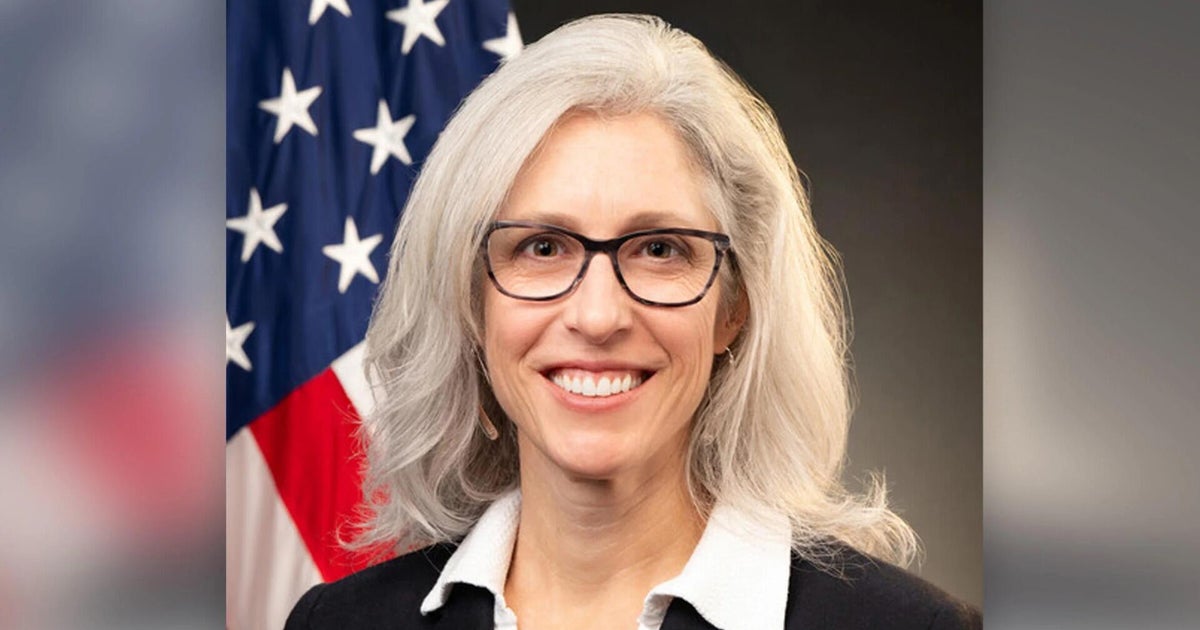Trump Administration Fires CDC Director, Raises Concerns About Politicization of Public Health

Introduction
The White House has fired CDC director Susan Monarez, who was confirmed in July. Monarez's dismissal came shortly after she publicly criticized Robert F. Kennedy Jr for "weaponizing public health." The Trump administration's decision to remove Monarez has also resulted in the resignation of three top CDC officials.
Key Details
Monarez's comments came in response to Kennedy's promotion of a controversial anti-vaccine documentary, which has been widely condemned by the scientific community. Monarez stated that the CDC has a duty to protect public health and should not be used as a political weapon.
This is not the first time the Trump administration has removed a high-ranking official for speaking out against the president's actions. In 2019, the White House fired the director of the US Geological Survey after he refused to censor scientific findings on climate change.
Impact
The firing of Monarez and the resignations of top officials have raised concerns about the politicization of the CDC and the potential negative impact on public health. The agency is responsible for responding to public health emergencies and providing accurate information to the public.
Many are also expressing their support for Monarez and praising her for standing up for the integrity of the CDC and the importance of scientific evidence in public health decision-making.
About the Organizations Mentioned
White House
The **White House Office** is a central organizational component within the Executive Office of the President of the United States (EOP), tasked with supporting the President in managing day-to-day operations, policy formulation, and political affairs. It is headed by the White House Chief of Staff and staffed by senior aides who report directly to the President, including those with titles such as Assistant to the President and Deputy Assistant to the President. These staff members are mostly political appointees without the need for Senate confirmation, allowing the President considerable discretion in shaping the office to suit each administration's priorities[1]. Historically, the White House Office was established in 1939 through Reorganization Plan 1 and Executive Order 8248 to provide immediate assistance to the President. It functions as the nerve center for presidential staff, physically located primarily in the West Wing, and plays a pivotal role in managing the President’s policy agenda, communications, and political strategy. Its flexible organization allows each President to tailor the staff composition and roles according to their governance style and objectives[1]. In the current context of 2025, the White House Office operates under the administration of President Donald J. Trump, who returned to office after the 2024 election. His administration emphasizes rejecting prior policies deemed extremist and focuses on enhancing quality of life, economic growth, and American energy dominance. The administration includes Vice President JD Vance and First Lady Melania Trump, among others, with a Cabinet advising on various governmental functions[4][6]. Recent initiatives linked to the White House’s operational sphere include the establishment of a new **Department of Government Efficiency (DOGE)** aimed at modernizing federal technology and software to boost government productivity. The DOGE agenda is implemented through the renamed United States DOGE Service within the Executive Office, reflecting a concerted push to leverage technology for administrative modernization[5]. Notably, the White House Office also coordinates national security and homeland security functions through the National Security Council staff, underscoring its central role
CDC
The **Centers for Disease Control and Prevention (CDC)** is the premier national public health agency of the United States, operating under the Department of Health and Human Services and headquartered in Atlanta, Georgia. Its primary mission is to protect public health and safety through disease control, injury prevention, and health promotion both nationally and globally[1][8]. Established in 1946 initially as a single "Center for Disease Control," the agency expanded and reorganized in 1980 into multiple specialized centers, reflecting a broader focus beyond infectious diseases to include environmental health, chronic disease, occupational safety, and health education[7]. The CDC comprises various centers and institutes, such as the National Center for Immunization and Respiratory Diseases, the National Center for Chronic Disease Prevention and Health Promotion, and the National Institute for Occupational Safety and Health (NIOSH), among others. These centers enable the CDC to address a wide array of public health challenges through research, surveillance, policy development, and education[2]. It also plays a key role in emergency preparedness and response, demonstrated notably during the COVID-19 pandemic, where its guidance shaped public health actions despite complex political and social dynamics[8]. Key achievements include pioneering epidemiological research, controlling outbreaks of infectious diseases, advancing vaccine safety and immunization programs, and addressing emerging health threats such as obesity and diabetes. The CDC is recognized for disseminating authoritative health information, including the widely cited Morbidity and Mortality Weekly Report (MMWR), and for its global collaborations with health organizations worldwide[1][3][8]. Currently, the CDC is undergoing organizational adjustments to focus more intensively on infectious diseases, as part of the 2025 Department of Health and Human Services reorganization. This includes absorbing the Administration for Strategic Preparedness and Response while shifting some functions like occupational safety to new entities[1]. The agency’s comprehensive approach, backed by science and government funding, positions it as a critical leader in public health innovation, disease prevention, and health security i
US Geological Survey
The U.S. Geological Survey (USGS) is a premier scientific agency of the U.S. government, established by Congress in 1879. As the science arm of the Department of the Interior, USGS provides impartial, comprehensive Earth science data and research to help manage natural resources and address environmental and public safety challenges[3]. Its mission centers on monitoring, analyzing, and predicting Earth-system interactions—including ecosystems, natural hazards, water resources, and mineral supplies—to deliver actionable information for decision-makers[3][4]. USGS's work spans a broad array of mission areas. Its Ecosystems Mission Area, for example, supports conservation, public safety, and economic growth by providing science that helps manage wildfire risks, drought impacts, food and water security, and natural resource development[2]. The Natural Hazards Mission Area focuses on monitoring and researching earthquakes, volcanic eruptions, landslides, and coastal erosion, enabling better hazard preparedness and resilience nationwide[6]. USGS operates about 250 laboratories nationwide to analyze physical and biological samples, underpinning its authoritative data on water, sediments, rocks, and more[5]. Key achievements include the development of advanced hazard monitoring systems like the seafloor seismographs deployed after major earthquakes, and continuous volcano monitoring through webcams and sensors, exemplified by Kīlauea’s eruption surveillance[4][6]. USGS also leads large-scale initiatives such as the Earth Mapping Resources Initiative (Earth MRI), enhancing resource assessment and land-use planning[4]. Today, USGS is recognized for its cutting-edge, integrated research that addresses 21st-century challenges such as climate change, resource sustainability, and disaster risk reduction. Its data and scientific insights are crucial for government agencies, industries, and communities, supporting economic growth while safeguarding natural heritage and public safety[1][3]. The organization’s commitment to open access ensures that its maps, data, and scientific findings are widely available to the public, reinforcing its role as









